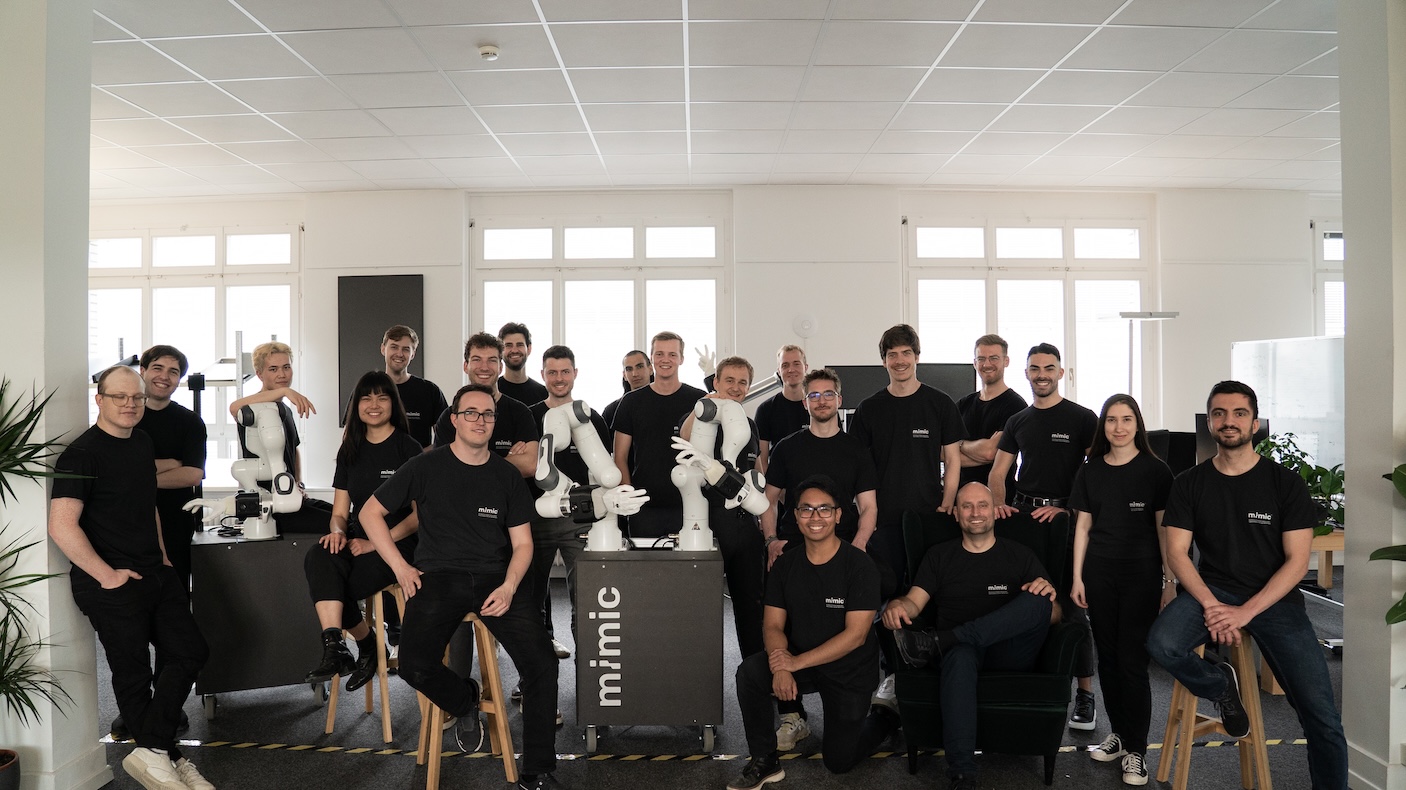How To Build an AI-Enabled Marketplace in 3 Steps
AI-enabled products are certainly the theme of 2024. And of course, new themes introduce new terms. One of these new terms is the “AI-enabled marketplace” –– something that has come up multiple times in the last year. As with any new concept, most of the ecosystem does not yet have an understanding of what exactly AI-enabled marketplaces are or how to build them.
We evaluate marketplaces and network effects all day, and we've learned that integrating new technologies doesn't necessarily change how the core marketplace model works. Sometimes marketplaces are thought of as a place for users to buy things. Combining this view of marketplaces with AI often leads to a “GPT Wrapper" equivalent rather than a true AI-enabled marketplace. A more accurate view of marketplaces is that they connect buyers with sellers, allowing them to discover and transact with each other. Obviously, AI needs to enable this buyer-seller interaction for the marketplace to be "AI-enabled.” To be more specific, recent AI advances should enable buyers to connect with sellers in a way that was previously impossible.
We’re so early in the game that there aren’t many large scale examples of true AI-enabled marketplaces yet (aside from existing marketplaces integrating AI enhancements). If I had to describe the process of building an AI-enabled marketplace in a single sentence, it would be “use AI to eliminate points of friction in order to enable a novel transaction (or new behavior) that solves an overlooked problem.”
That’s quite a mouthful, so we’ll break this down into three steps and dive deeper using a few examples. We spoke to a couple of people to flesh this out. The first is Ronan Harvey-Kelly, co-founder of Haz, one of our recent portfolio companies. We also spoke to Pete Flint about Tailorbird, one of his portfolio companies at NFX.
Use AI to eliminate points of friction
The first step is to identify points of friction in existing marketplace user journeys and use AI to eliminate them. Segments of buyer or seller journeys on existing marketplaces that have the highest drop off rates are probably good places to start.
This directly applies to what Haz is doing. Haz is a second-hand marketplace that automatically creates a digital feed of your belongings, allows users to see what their friends own, and enables items to be sold with 90% less manual human input. They’ve just secured £1.1 million in pre-seed funding to build their technology backend and a polished consumer experience to acquire their first users. Their product automatically reads email receipts to populate the supply side of their marketplace.
“This removes the need for human input when uploading a listing,” says Haz co-founder, Ronan Harvey-Kelly. “In a matter of months, we have achieved a level of supply liquidity which previously took second hand marketplaces years to build.”
This also applies to Tailorbird, an AI and SaaS-enabled marketplace for multi-family renovations. Property renovations require a ton of manual work, including site walks from interior designers, drafting an RFP, and a bidding process for potential contractors.
According to Pete Flint from NFX, “Tailorbird has used AI to eliminate friction points along every point in the multifamily renovation process (design, procurement, bidding, etc).” Tailorbird uses AI to generate a detailed property map remotely, which owners can use to set their budget. Tailorbird uses this to generate an RFP and shares it with a network of contractors. After site measurements are verified, Tailorbird will generate a draft of the construction contracts to kick off the renovation.
“AI underpins each one of these processes,” says Flint. “Human-in-the-loop hours are reduced by 80% compared to traditional projects.”
Enable a novel transaction (or new behavior)
Next, you need to ask yourself if inserting AI automation or generative AI at those points of friction will fundamentally change the nature of the transaction.
As a counterexample, think of an AI feature that helps sellers generate a product description with a single click. That certainly eliminates a point of friction, but does not change the nature of the transaction. As a result, it can really be implemented by existing marketplaces. Amazon already does this.
In order to create a whole new marketplace, AI capabilities should enable entirely new user behavior –– a transaction that could not have previously existed.
“[We] create a catalog of everything users own from their email receipts,” says Harvey-Kelly. “This includes products that users are not actively selling yet, and are not listed on other resale marketplaces.”
The right offer (and from the right person to start with) could change their mind –– and that is exactly what Haz enables. Allowing users to see what their friends own creates the opportunity for an entirely new transaction to occur. One that could not have happened without Haz.
“Historically, renovating a multi-family home would be like buying a lego set where pieces need to be gathered from different shops,” according to Flint. “Tailorbird is about as close to selling the completed structure as you can get.”
Solve An Overlooked Problem
Finally, you need to ask yourself if this new behavior solves a previously overlooked problem. New behavior is always narrow and starts with a small niche of users. The potential for scale only comes into play when this new behavior bleeds into a larger, overlooked problem.
For example, Airbnb started with hosts renting out their futons to guests looking for cost-effective accommodation. However, this behavior spilled over into the overlooked problem of replacing boring hotel options for guests. Offering unique stays helped Airbnb grow beyond its initial niche of guests looking for cheap accommodation. The Airbnb example obviously isn’t AI-related, but the principle still applies.
“47% of purchased items are disposed of in some way instead of being resold,” says Harvey-Kelly, adding “because of the friction involved in creating a new resale listing and managing the sale process.”
Eliminating this friction gives Haz the opportunity to bring any items that have digital receipts into the resale ecosystem. In Tailorbird’s case, the overlooked problem relates to the friction that property owners have to go through to renovate multiple properties and the cost associated with that.
“Renovations are a key part of ROI for owners,” adds Flint. “The breakthrough is in the additional value that streamlining this process unlocks..”
AI is the enabler, not the product
Remember that the secret of a true AI-enabled marketplace lies in the term “enabled." AI itself is not the product, it just enables the transaction between buyers and sellers. Haz is a great real-world example of how you can accomplish this, as Harvey-Kelly has helpfully explained. That is exactly what excites us about them.
Want more updates on our portfolio? Sign up for our monthly newsletter and follow us on LinkedIn.













.svg)
